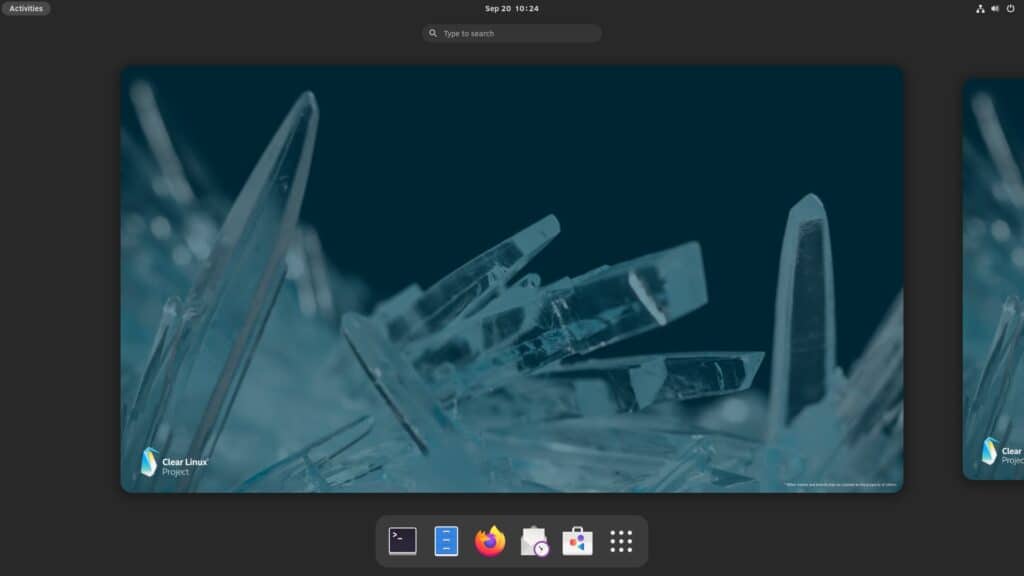The high-performance distribution tailored for Intel Xeon processors will no longer receive updates or security patches
Intel has officially announced the end of development for Clear Linux OS, its performance-focused Linux distribution designed to extract the maximum potential from Intel hardware. After ten years of continuous work and tuning, the project will cease to receive security updates or improvements effective immediately, and the GitHub repository will be archived in read-only mode. Current users are urged to migrate to an actively maintained Linux distribution.
A distribution built for maximum performance
Clear Linux OS was Intel’s attempt to showcase how much performance could be squeezed out of its processors when a Linux operating system was custom-built and fine-tuned for that hardware. Unlike general-purpose distributions such as Ubuntu, Fedora or Debian—which prioritize wide compatibility across different processor architectures (x86, x86_64, Arm, etc.)—Clear Linux focused entirely on Intel platforms.
Key features included:
- Aggressive compiler optimizations, using flags such as
-march=native, AVX2, and AVX-512 to enhance performance in compute-heavy tasks. - Fast boot times and energy efficiency, ideal for server workloads and cloud deployments.
- Bundle-based software delivery instead of traditional package management, allowing preconfigured and optimized environments by function (e.g., development, data science, containers).
- Atomic updates via swupd, Clear Linux’s native update tool that ensured system integrity.
- Focus on cloud and virtualization, making it attractive for Kubernetes deployments or bare-metal servers with targeted workloads.
Thanks to this optimization-first philosophy, Clear Linux often outperformed more popular distributions in benchmarks—not just on Intel hardware, but sometimes even on AMD platforms, thanks to its compiler-level and kernel tweaks.
The end of an era
While Clear Linux is being discontinued, Intel reaffirmed its commitment to the broader Linux ecosystem. The company remains an active contributor to open-source software and will continue working with other distributions to optimize performance for Intel processors.
“After years of innovation and community collaboration, we’re ending support for Clear Linux OS,” said Intel engineer Arjan van de Ven. “Effective immediately, Intel will no longer provide security patches, updates, or maintenance. The Clear Linux GitHub repository will be archived as read-only. We thank every developer, user, and contributor who helped shape Clear Linux OS over the last 10 years.”
What should current users do?
With the official end of life now in effect, existing Clear Linux users are advised to migrate to a maintained Linux distribution such as Ubuntu, Fedora, openSUSE, or Arch Linux, depending on their specific needs.
While Clear Linux was never intended as a mainstream desktop OS, it gained a loyal following in professional and cloud environments, particularly among developers and data engineers who valued every possible performance gain.
A legacy of innovation and upstream contributions
Clear Linux also left a lasting mark on the Linux world through upstream contributions. Many of its performance improvements were adopted into the Linux kernel and other foundational tools, including enhancements to the scheduler, AVX-512 support, and improvements in systemd, GCC, and Clang.
Even as the distribution comes to an end, its technical legacy will continue to influence Linux performance tuning for years to come.
Clear Linux OS was more than just a distro—it was a proof of concept for what’s possible when hardware and software are developed in perfect sync with performance in mind. With its closure, the Linux ecosystem loses a unique platform, but its impact will continue to resonate.

